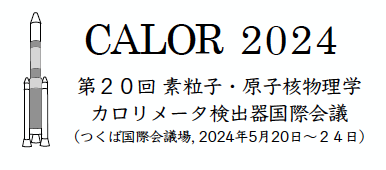Conveners
ML/Geant4
- Daniel Jeans
Precision measurement of hadronic final states presents complex experimental challenges. The study explores the concept of a gaseous digital hadronic calorimeter (DHCAL) and discusses the potential benefits of employing Graph Neural Network (GNN) methods for future collider experiments. In particular, we use GNN to describe calorimeter clusters as point clouds or a collection of data points...
Electron-positron Higgs factories such as ILC or FCCee aim to reveal properties of Higgs and other particles much more precise than current knowledge. One of the key concepts of detectors for Higgs factories is Particle Flow, which utilizes highly-segmented calorimeter cells to separate each particle inside hadronic jets, giving much better jet energy resolution by replacing energies of...
The fluctuations in energy loss to processes that do not generate measurable signals, such as binding energy losses, set the limit on achievable hadronic energy resolution in traditional energy reconstruction techniques. The correlation between the number of hadronic interaction vertices in a shower and invisible energy is found to be strong and is used to estimate invisible energy fraction...
The Geant4 Team at CERN is leading a long-term validation program based on detailed reproduction of calorimeter test-beam simulations and results in geant-val, the Geant4 validation and testing suite. This program focused so far on the ATLAS Hadronic Endcap and Tile Calorimeter, the CMS High-Granularity Calorimeter, the CALICE SiW Calorimeter and the optical-fiber Dual-Readout Calorimeter. New...
